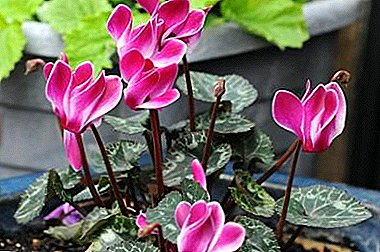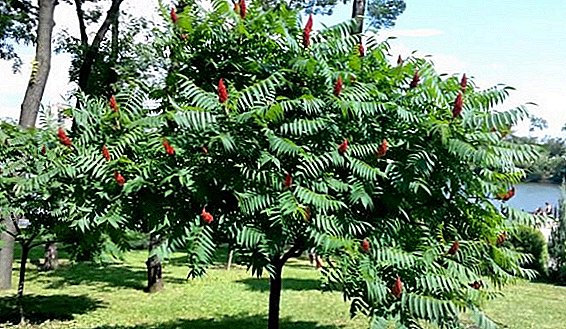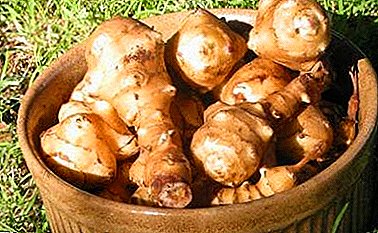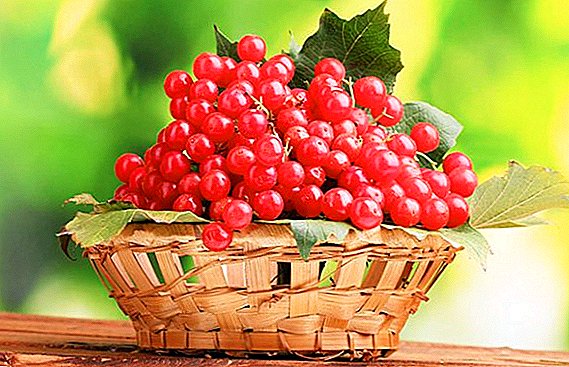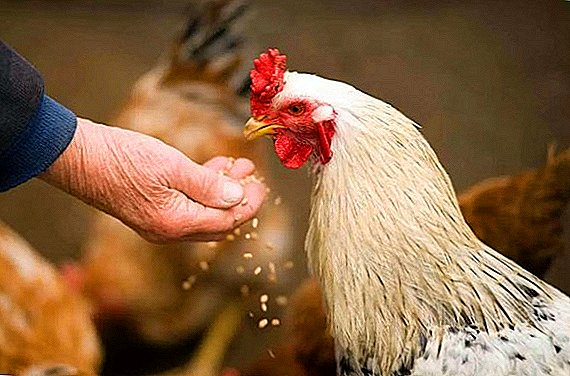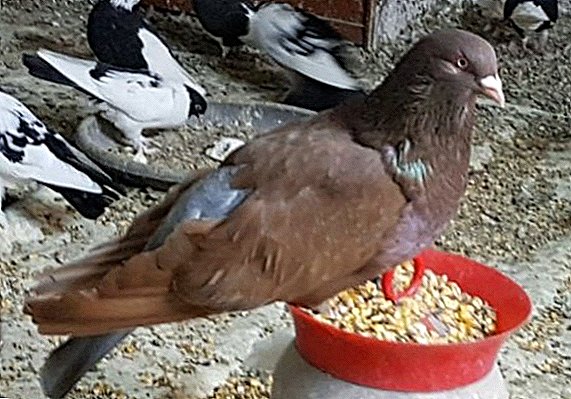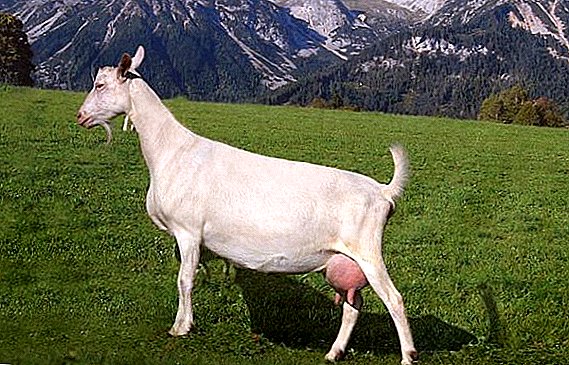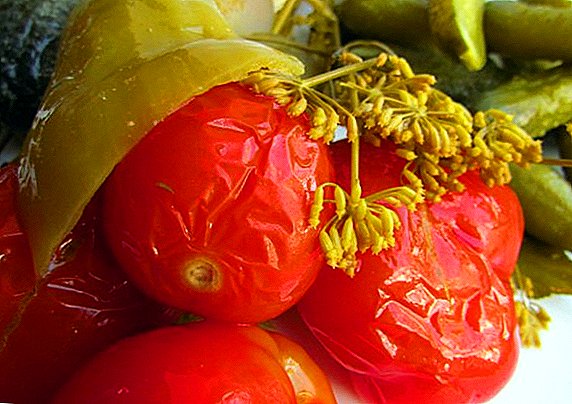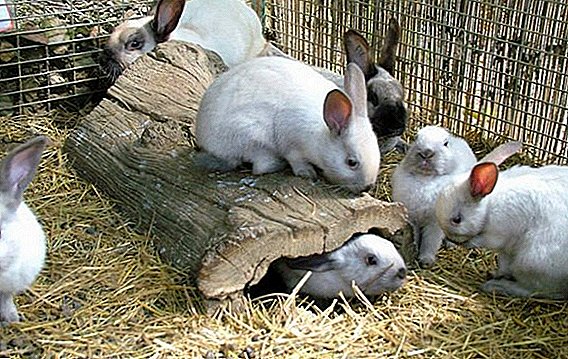
Experienced gardeners know that a rich harvest often depends on the right neighborhood of crops grown.
Not all plants are "friendly." This adversely affects their livelihoods and can provoke wilting. It is very important, among other things, to take into account which predecessors grew in this place last year.
In this article, the crop rotation of tomatoes is described in detail and described after which it is possible to plant tomatoes for the next year.
Tomato crop rotation rules
What it is?
Crop rotation is a conscious alternation of planting different types of plants at a certain place.. The basic rule says that you need to alternate between roots and plants with a fruiting green part.
In fact, the scheme is much more complicated. It is necessary to take into account how developed the root system is, how the plant feeds, what elements it needs, what family it belongs to.
Why is this technique used?
- To prevent infection by pests and diseases. It is not recommended to plant on the same bed of representatives of the same family, since the diseases of their predecessors are dangerous for such plants. You can destroy healthy seedlings if last year there are dangerous bacteria, fungi or pests left in the soil. As a preventive measure, you can use insecticidal preparations, but it is better to simply avoid potentially dangerous areas.
- To preserve soil fertility and even enrich it. Some plants take nutrients from the top and some from the bottom layer of soil. There are those who enrich the land (for example, legumes). There are plants that produce toxins. Sophisticated crop rotation allows you to maintain the necessary balance in the soil.
What does practice say?
The question, after which it is possible to plant tomatoes for the next year and after which crops it is better not to do this, is not easy.
Let's take a closer look:
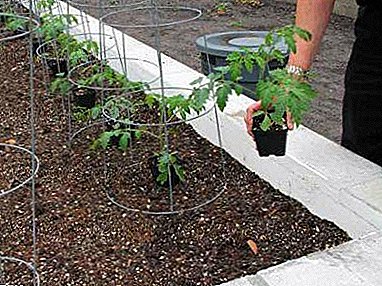 Can I plant tomatoes after cucumbers and vice versa?
Can I plant tomatoes after cucumbers and vice versa?It is not worth thinking about whether to plant tomatoes after cucumbers, because it is a neutral predecessor. Cucumbers belong to the family of melons, so their diseases are different from those with which tomatoes suffer. Convenient option for planting in the greenhouse. You can alternate these cultures annually. This category also includes "close relatives" of cucumbers: pumpkins, zucchini, watermelons, squash, etc. It turns out that the answer to the question of whether it is possible to plant tomatoes after cucumbers, is unequivocal - yes.
- Can I plant tomatoes after onions?
Yes! Onions are quite suitable predecessor. Pests and diseases of it are not terrible for tomatoes. He is also able to heal the soil at the expense of its bactericidal properties, so the tomatoes after onions should theoretically be in order.
- Can I plant tomatoes after peppers?
The answer to the question whether to plant tomatoes after pepper is not. Sweet and bitter peppers and tomatoes are relatives. This means that such plantings may adversely affect your yield. To avoid damage by pests or dangerous diseases, better find another place for your tomatoes. The undesirable predecessors of the Solanaceae family include less common: eggplant, physalis.
- Can I plant tomatoes after potatoes?
Not! Absolutely forbidden. Potatoes are the most unfortunate predecessor, because they belong to the family of solanaceae, like tomatoes. So these plants have similar diseases and pests. Especially dangerous is blast infection. To fight this disease is difficult. Rare tomato varieties are resistant to phytophtoras, so whether tomatoes are good after potatoes is obviously not, and the question of whether to plant tomatoes after potatoes disappears by itself. It is strongly not recommended so to risk.
- Can I plant tomatoes after strawberries?
Not! Strawberries extremely depletes the soil, literally pumps out all the useful elements. Therefore, planting tomatoes immediately after it is not recommended. It is better to place siderats, greens, flowers, onions or garlic in this place. In one season, the soil will be restored, but in the second year it is quite possible to use the soil for tomatoes.
- Is it possible to plant tomatoes after a tomato?
Not! Doing so is undesirable. On open ground, you can always move the landing so that their location was optimal. Therefore, it's up to you to plant tomatoes after tomatoes.
So, we figured out, after which it is impossible and after that you can plant tomatoes, but often the annual planting of tomatoes in one soil is a necessary measure, since tomatoes are usually grown in greenhouses, and it is impossible to transfer the entire structure to a new place every year. What to do in this case?
Tomatoes strongly oxidize the soil, while preferring a neutral pH.
- To restore acidity and fertility, it is possible to sow siderats for a while after harvesting in the fall. These include:
 mustard;
mustard;- radish oil;
- lupine;
- clover;
- phacelia;
- alfalfa;
- buckwheat;
- oats;
- barley.
Then dig the ground along with the remnants of these plants. They will serve as a green manure.
- If this could not be done at the end of the season, green manure can be sown in the spring and mowed two weeks before the planting of tomatoes.
- The second option is to make lime in the fall (50g per square meter) and dig.
- Do not forget about the introduction of nitrogen fertilizers in the spring and autumn, also phosphate and potassium are necessary for tomato.
- For disinfection of the greenhouse - in the spring (as long as there are no landings), a smoke sulfur bomb can be used.
Be careful, the sulfur cup is very toxic! Stay inside the greenhouse while the fire is burning. Carefully read the instructions and follow the precautions!
It is good to place in a greenhouse with tomatoes several plants of marigolds, calendula or nasturtium. The smell of these plants drives away many pests. In the autumn, they should be crushed and buried in the soil, like ordinary siderats. In this table for your convenience are the plants, after which it is desirable to plant tomatoes and plants, which should be strictly avoided if you want to get a good crop of tomatoes.
| The best predecessors of tomatoes | The worst predecessors of tomatoes |
|---|---|
| cabbage (any) | potatoes |
| pumpkin, zucchini, squash | Sweet pepper |
| peas, legumes | bitter pepper |
| onion garlic | eggplants |
| beets, carrots, turnips | Physalis |
| cucumbers | tomatoes |
| green manure |
Garden crops that are not included in the table are classified as neutral. They do not harm or contribute to the yield of tomatoes. Try to follow our recommendations and enjoy a great harvest every year! Remember, if you still do not have the opportunity to allocate a suitable place for tomatoes, grass-green manures will always come to the rescue.


 Can I plant tomatoes after cucumbers and vice versa?
Can I plant tomatoes after cucumbers and vice versa? mustard;
mustard;